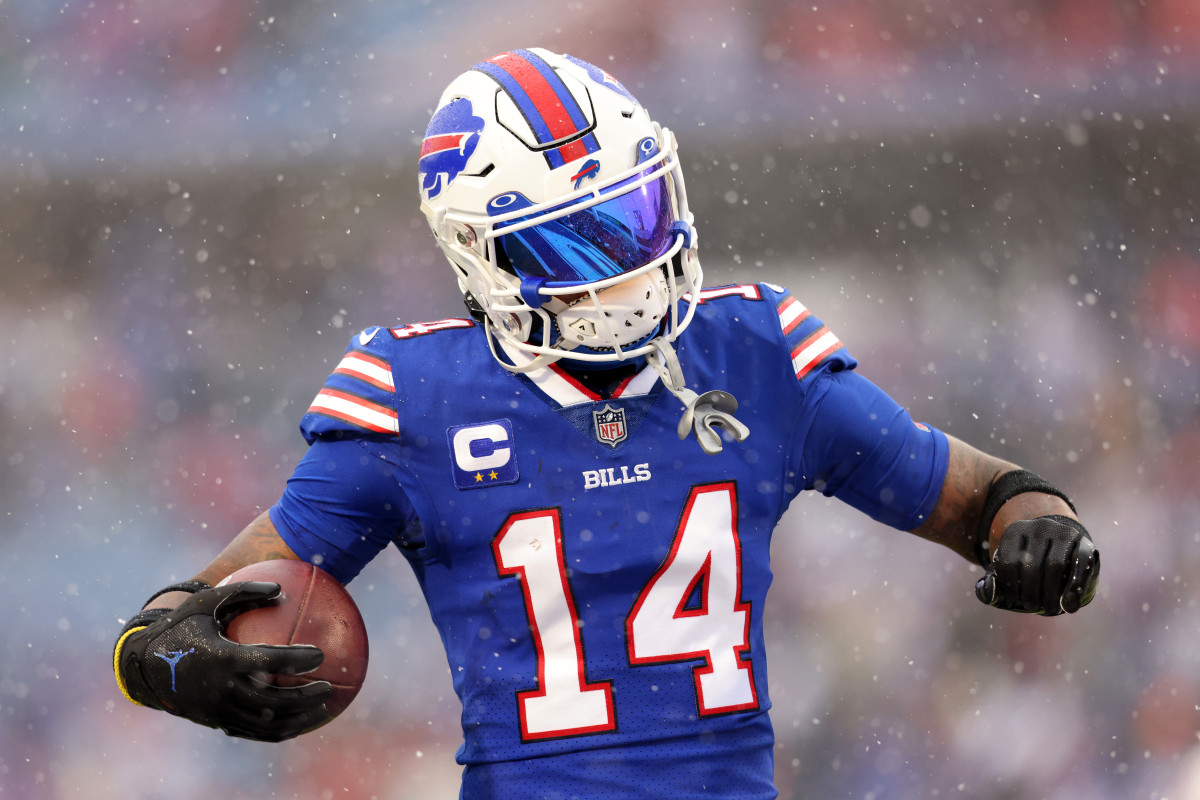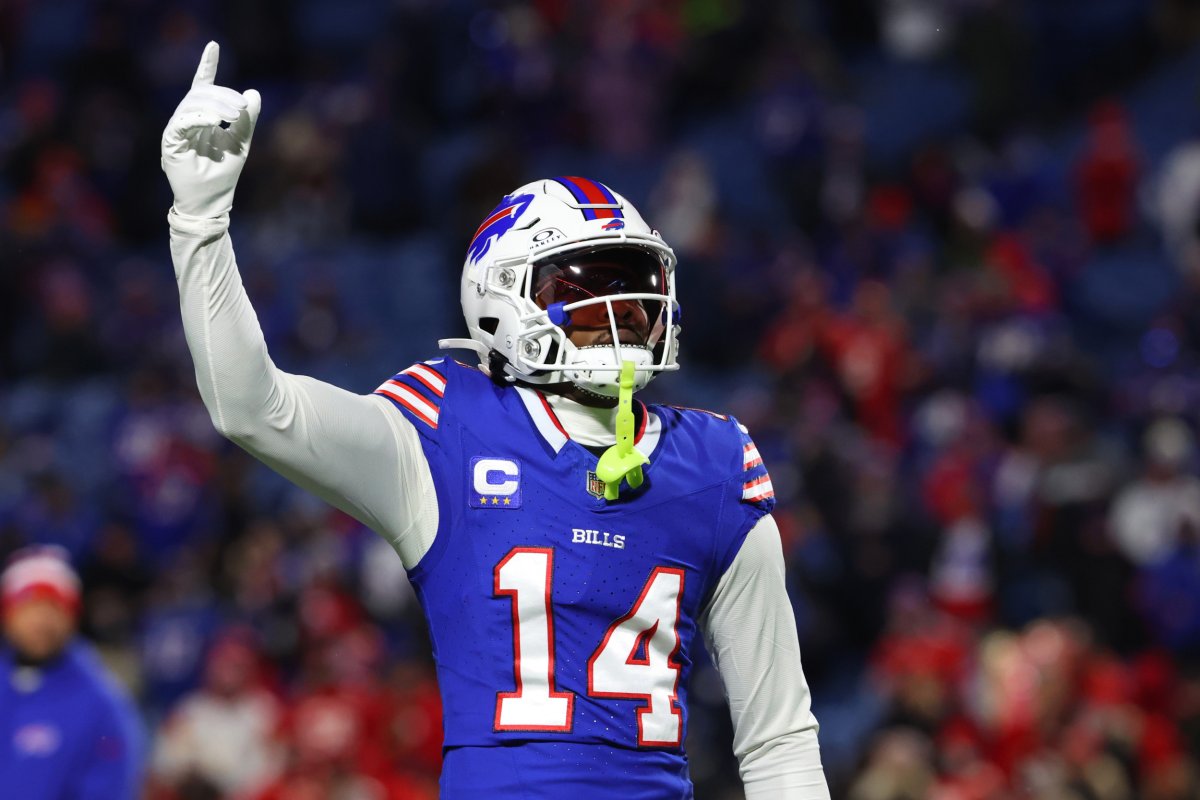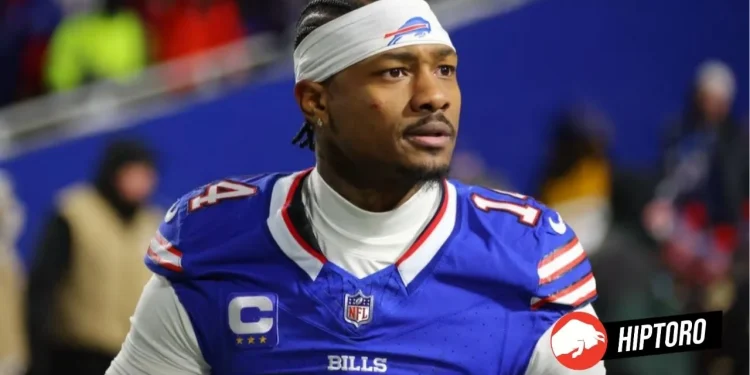The trade of Stefon Diggs from the Minnesota Vikings to the Buffalo Bills in 2020 was a seismic move that reverberated through the NFL, impacting both franchises significantly. As we reflect on this trade with Diggs’ tenure in Buffalo now concluded, it’s clear that the repercussions of this transaction are multi-layered, influencing team dynamics, player development, and the strategic calculus of NFL trades.

The Minnesota Vikings’ Strategic Mastery
The Minnesota Vikings emerged from the trade as strategic maestros, leveraging their position to reshape their roster with young, dynamic talent. The centrepiece of their trade haul was LSU wide receiver Justin Jefferson, selected with the No. 22 overall pick in the 2020 NFL Draft.
Jefferson’s meteoric rise to become a generational talent and a first-team All-Pro, overshadowing even Diggs’ impressive achievements, highlights the Vikings’ drafting acumen. With Jefferson amassing 5,899 yards and 30 touchdowns over his first four seasons, the Vikings have not only found an equal to Diggs but arguably one of the best wide receivers in the game today.
Moreover, the Vikings adeptly manoeuvred the draft picks acquired from Buffalo, ultimately adding key players like safety Camryn Bynum and defensive end Janarius Robinson to their roster. Bynum, in particular, has evolved into a cornerstone of the Vikings’ defence, epitomizing the success of Minnesota’s draft strategy. The Vikings’ ability to capitalize on the trade and draft effectively earns them a resounding approval rating, with their actions in the draft following the trade serving as a blueprint for successful team building.

The Buffalo Bills’ Calculated Risk and Its Outcome
For the Buffalo Bills, the acquisition of Stefon Diggs was a calculated risk aimed at elevating their offensive capabilities and supporting quarterback Josh Allen’s development. Diggs’ tenure in Buffalo was marked by remarkable personal success, including four consecutive Pro Bowl appearances and a first-team All-Pro nod in 2020. His connection with Allen was instantaneous and transformative, catalyzing the Bills’ offence to new heights.
However, the trade’s long-term ramifications for Buffalo are more nuanced. While Diggs provided the Bills with an elite receiving threat, his presence came with a substantial salary cap implication, which, in part, constrained the Bills’ ability to bolster their roster in other areas. The offseason preceding Diggs’ departure saw the Bills making painful cuts to comply with salary cap requirements, underscoring the financial challenges of managing a high-calibre roster.
Seeing Stefon Diggs in a Houston Texans uni && it being real, will take some time getting used too 🔥 pic.twitter.com/E0kbLWk3OV
— CJ Anderson SzN 💫 (@AyooTexanNation) April 4, 2024
The eventual trade of Diggs to the Houston Texans marks the end of an era for Buffalo, with the team recouping a second-round pick for the veteran receiver. This move, while practical from a financial standpoint, leaves the Bills reflecting on what might have been had they opted for a different path in the 2020 draft.
Conclusion
The Stefon Diggs trade is a compelling case study in NFL team management, illustrating the delicate balance between immediate needs and long-term planning. The Minnesota Vikings, through astute drafting and strategic foresight, have built a team poised for sustained success, while the Buffalo Bills have navigated the complexities of team dynamics and financial management. As both teams move forward, the lessons learned from this trade will undoubtedly influence their decisions and strategies in the years to come.

Source: Fansided









